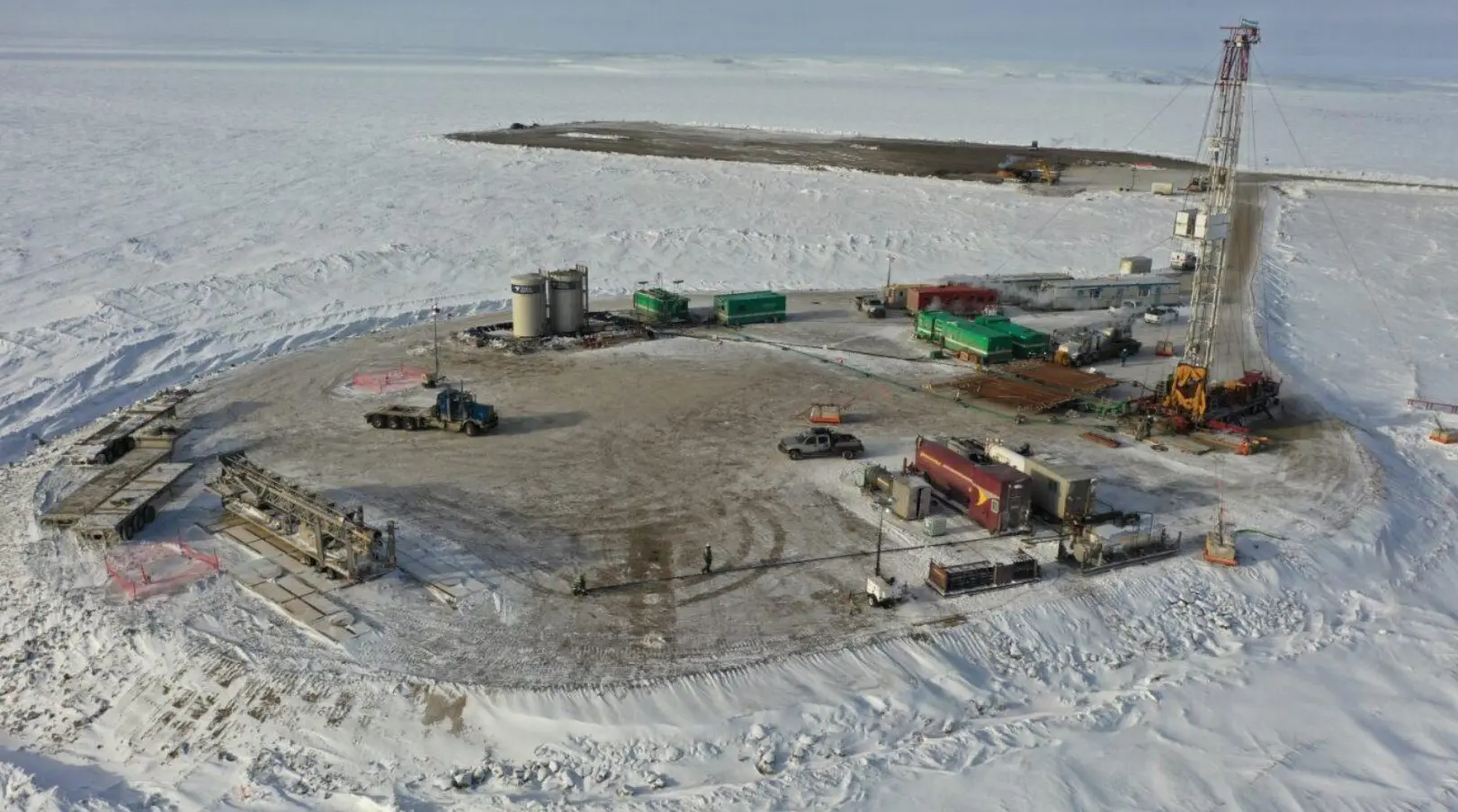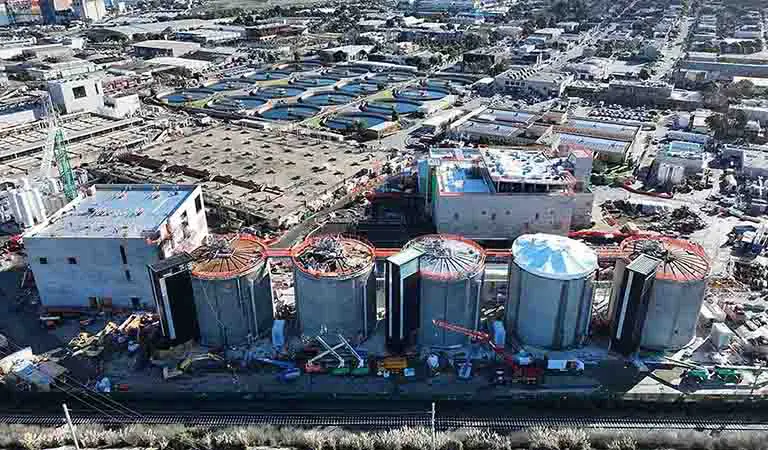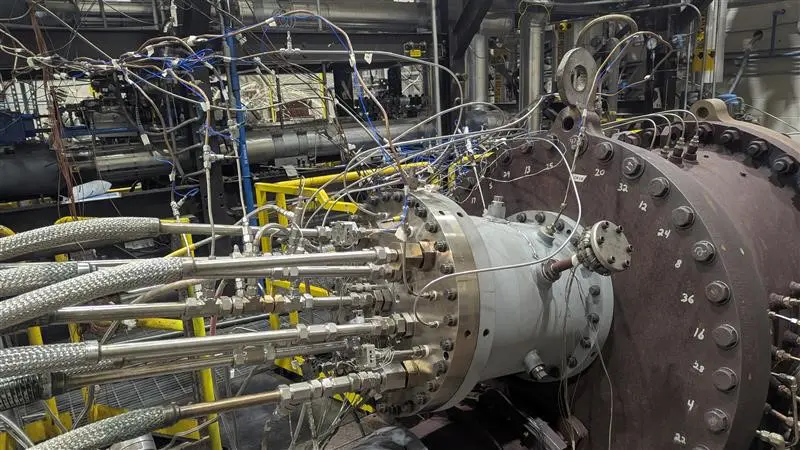
Canada Approves First CNG Facility In Northwest Territories

The Commission of the Canada Energy Regulator (CER) has approved the Inuvialuit Energy Security Project (IESP) Energy Center. The project will convert natural gas into compressed natural gas (CNG), propane, and synthetic diesel that can be used for power and heating. The purpose of the IESP Energy Center is to supply the Inuvialuit Settlement Region with energy, reducing dependence on imported fuel trucked or barged in from southern Canada.
This decision is the final of three authorizations from the CER, allowing for the construction and operation of the IESP Energy Center. It will be located on Inuvialuit private lands, approximately 10 miles (16 km) south of Tuktoyaktuk in the Northwest Territories, Canada, and will replace the town of Inuvik’s gas supply from the nearby Ikhil field.
The IESP includes developing the suspended TUK M-18 gas well; installing and operating the energy center to produce CNG, propane, and synthetic diesel; constructing an all-season road to access the facility from the Inuvik-to-Tuktoyaktuk highway; constructing gravel pads for the wellsite and the energy center; installing storage tanks for the propane and synthetic diesel; and trucking the CNG, propane, and synthetic diesel to commercial and residential consumers in the communities of Inuvik and Tuktoyaktuk.

Natural gas from the M-18 well will be sent via flowline to the IESP Energy Center. On arrival, the natural gas is reduced in pressure and flows into the natural gas treatment module. Gas will flow through a pressure-reducing valve to lower the pressure and temperature of the well fluid. Reducing the pressure at the inlet of the facility allows the hydrocarbon condensate (C5+) and any free water to be separated from the natural gas in the inlet separator vessel. From the inlet separator vessel, the C5+ is sent for stabilization where the lighter hydrocarbons are removed and used as a fuel source. The stabilized C5+ is then sent to the distillation unit, which provides a sizeable portion of the normal feedstock to the gas-to-liquid (GTL) production unit. Once past the inlet separator the gas will be treated to reduce water load and/or to remove carbon dioxide (CO2). Should CO2 be removed in this unit it will be compressed for use as feedstock by the GTL production unit.
The GTL production unit takes the natural gas, NGL, and CO2 feedstock to convert to a high-grade, clean diesel fuel. The process is based on a low-pressure and low-temperature FischerTropsch (FT) synthesis using a chain-limiting catalyst in a fixed bed tubular reactor. The principal units that make up the GTL production unit are feed gas preparation, syngas generation using modified steam methane reforming (SMR), syngas quench and conditioning by partial hydrogen removal (to fuel gas), FT reactor or fuel production unit, FT product separation and off-gas compression, and FT product distillation for flash point specification.

Produced water from the inlet separator will be collected in a produced water tank. Water from the stabilizer and the GTL unit will be sent to water treatment. Small amounts of hydrocarbons will be recompressed and sent back to the front end of the plant for recycling.
Inuvialuit Petroleum Corp. awarded Startec Compression and Process Ltd. a contract to provide front end engineering and design to the overall IESP. The plant will be designed and constructed to operate in all months of the year and to run in all ambient conditions. The IESP Energy Center will be required to self-generate all the required electrical power for the site and processes. The generators will be fueled using products generated on site (natural gas, NGLs, liquefied natural gas, or naphtha). Generators will be sized to allow for fluctuations of electrical loading due to process change conditions and have redundancy to allow to maintain operations in the case of an outage of one unit.









